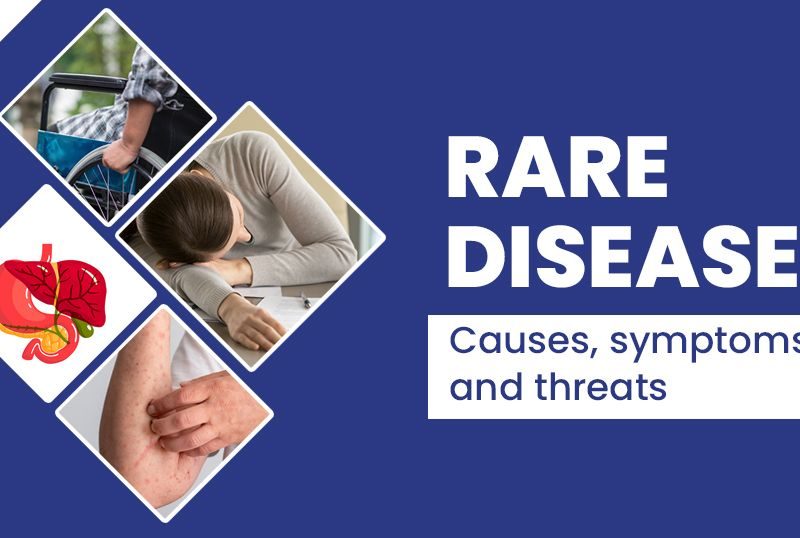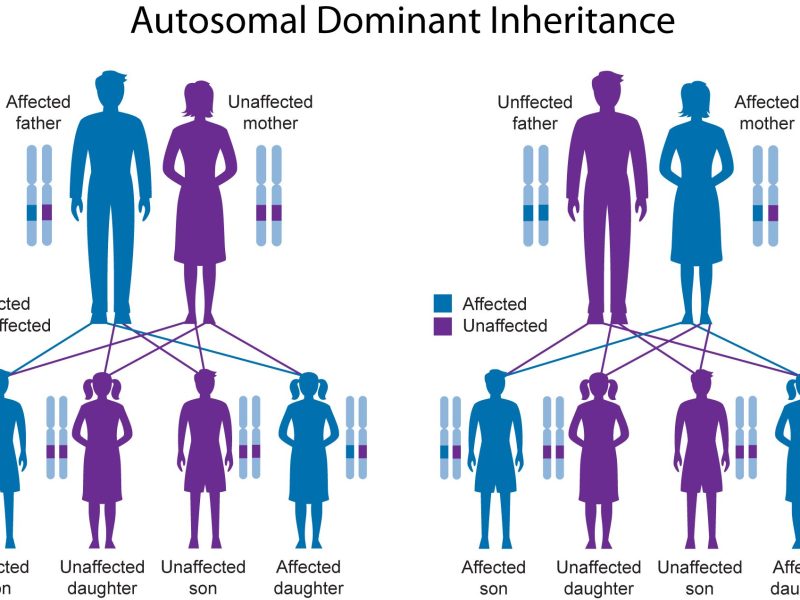CBD oil: Relieve pain naturally
Even today, many prejudices prevail against CBD oil, which has become increasingly popular in recent years. The cannabidiol is a substance extracted from the cannabis plant.
For this reason, an intoxicating or psychoactive effect is often wrongly assumed.
However, CBD oil drops do not exhibit such an effect.
The cannabidiol is obtained primarily from the fiber hemp, which does not belong to any drug hemp variety and has only very small amounts of THC.
This is also responsible for the well-known intoxication caused by cannabis.
How CBD oil works in the human organism and why it should be able to relieve pain in a completely natural way is explained in the following article.
Where does the CBD oil act?
In the meantime, scientific studies have been able to reliably prove ten modes of action of CBD.
CBD application affects different receptors, such as the CB1 receptor, the HT1A receptors, the gylverine receptor and two vanilloid receptors.
In addition, CBD also has antioxidant effects and leads to increased signaling of adenosine.
The modes of action of CBD oil
Reduction of free radicals
In the body, cannabidiol scavenges free radicals, reducing oxidative stress.
Positive effects of antioxidant properties are observed both for the prevention of nerve damage when CBD and alcohol are taken simultaneously, and for oxidative damage caused by hydrogen peroxide.
CBD also blocks the CB1 receptor, resulting in a variety of effects.
For example, there is an inhibition of appetite increase and negative psychological effects, as well as an increase in heart rate.
Due to the curbing of appetite, CBD is also used in the treatment of obesity.
CBD can also provide opposite effects in the endocannabinoid system. For example, the uptake into the cell of the endocannabinoid anandamide is inhibited.
This increases the concentration of anandamide in the organism. Doctors often use this increased level of anandamite in the neural fluid in patients suffering from schizophrenia, when an antipsychotic effect is desired.
CBD is also known for its pain-relieving effects. The vanilloid receptors are stimulated by the cannabidiol for this purpose.
One of the receptors has a pain-relieving effect on the nerve endings, while the other ensures that the proliferation of unwanted cells is inhibited.
In addition, CBD activates the glycerol receptor, which reduces the excitation of the nerve cells and thus reduces pain.
The use of CBD for neuropathic and inflammatory pain is therefore highly recommended.
One of the functions of adenosine is to activate the release of stimulating and activating neurotransmitters, such as norepinephrine or dopamine, in the nervous system.
There is then a dilation of the blood vessels. If the signaling of the adenosine is additionally supported, an anti-inflammatory effect can be observed.
When CBD binds to an HT1A receptor, it can have an anxiety-relieving effect. The serotonin receptor is responsible for learning processes in the spinal cord and brain.
If this is activated, depression and anxiety can be treated extremely well in many cases.
By the way, the human body can also produce cannabinoids. However, these are called endocannabinoids.
CBD oil has an extremely positive effect on the endocannabinoids in the body’s endocannabinoid system.
These affect muscle tension and many other processes in the brain and organs, as well as stimulus transmission.
CBD oil can be used for irritable disorders as well as to relieve unpleasant cramps.


